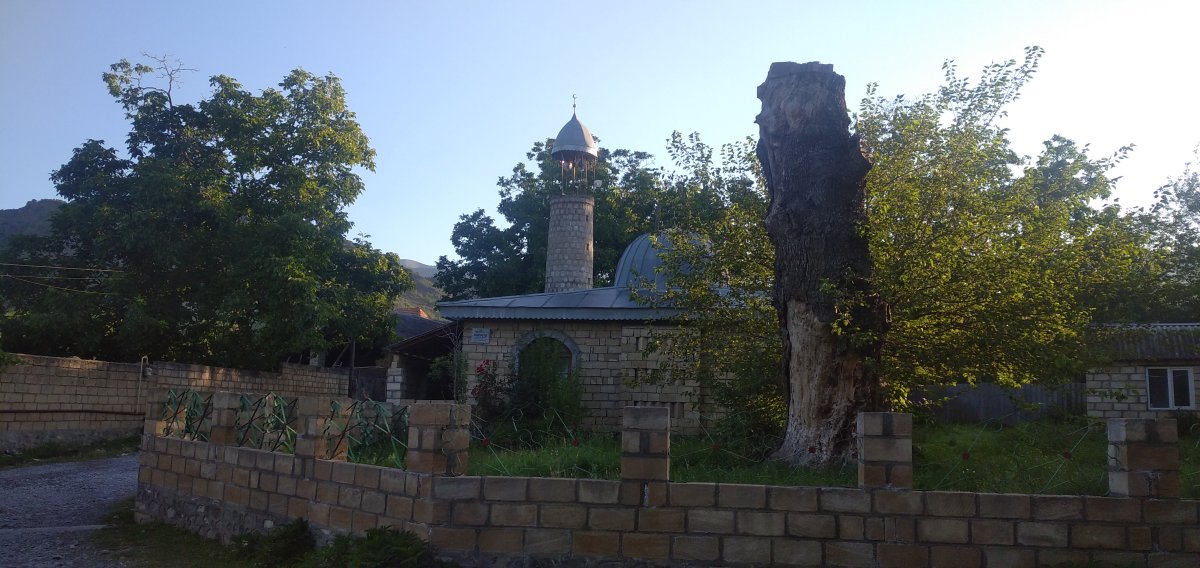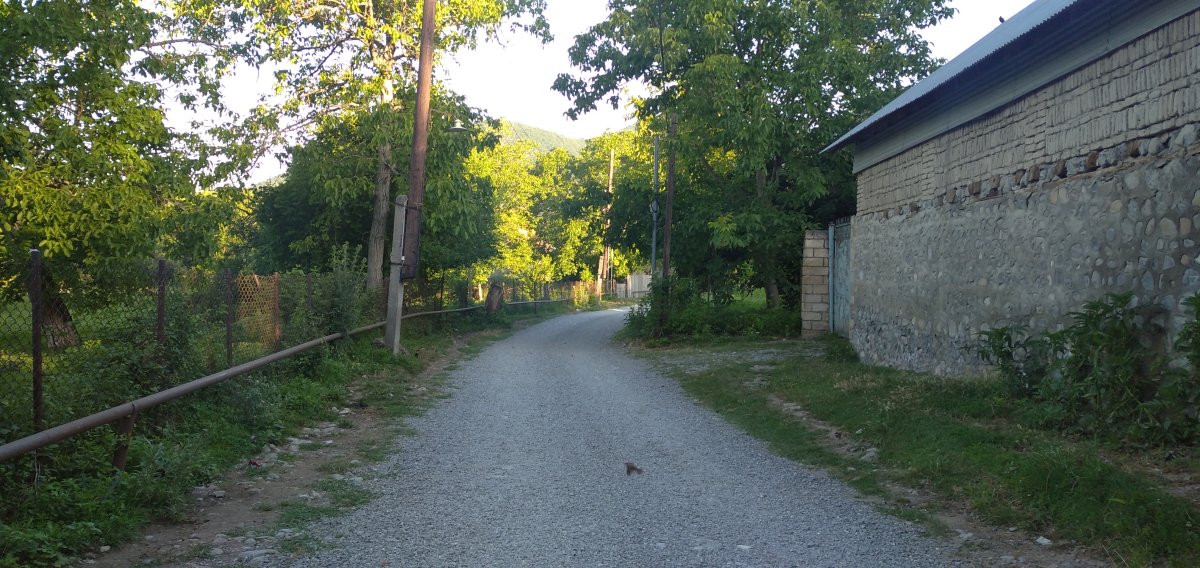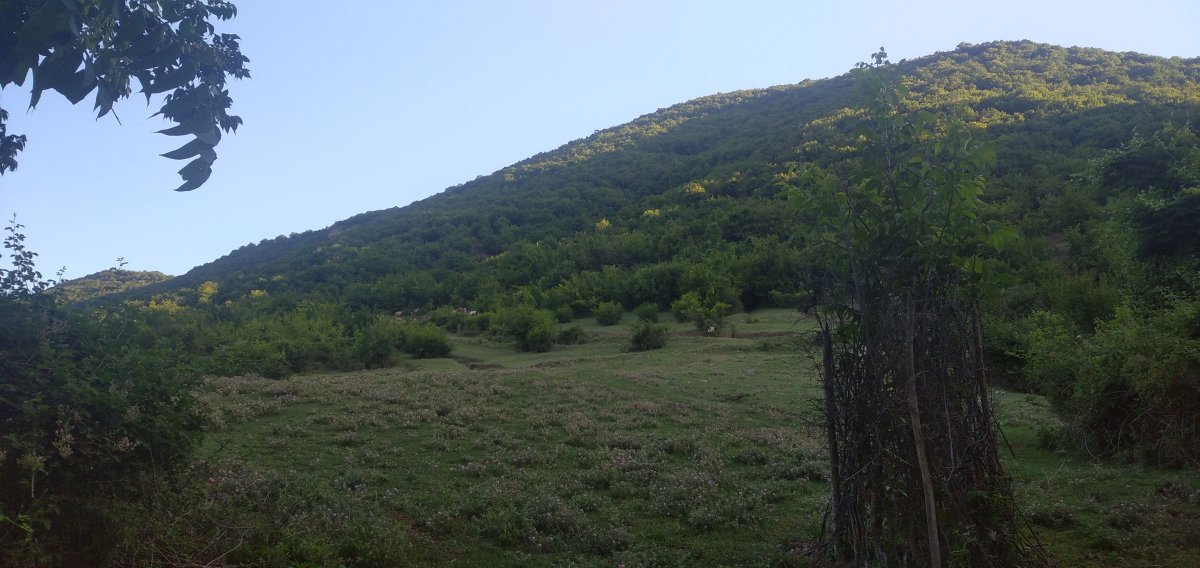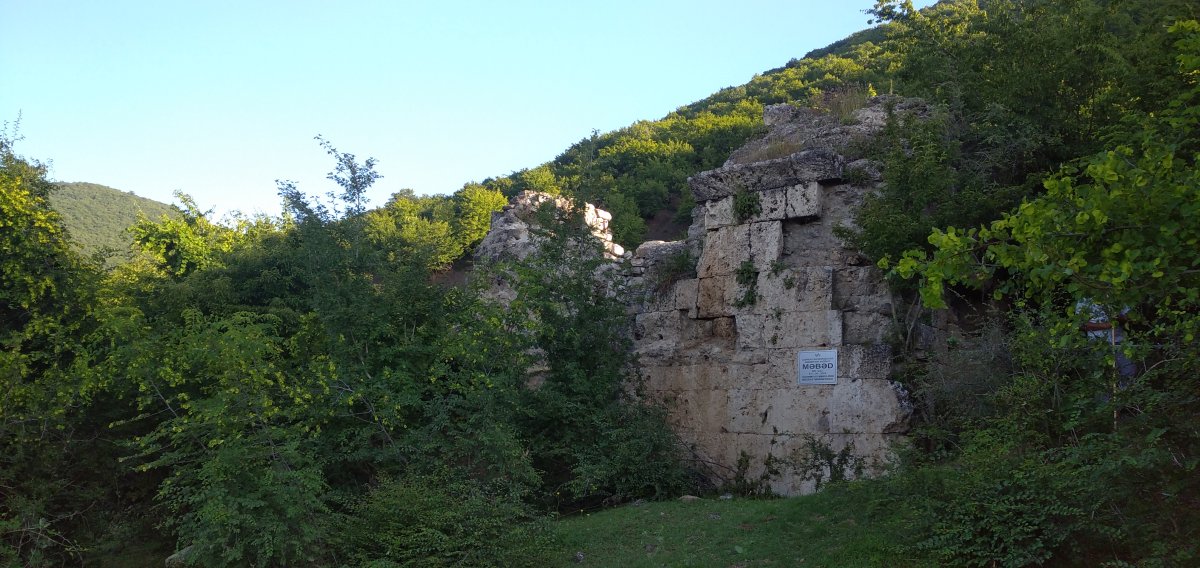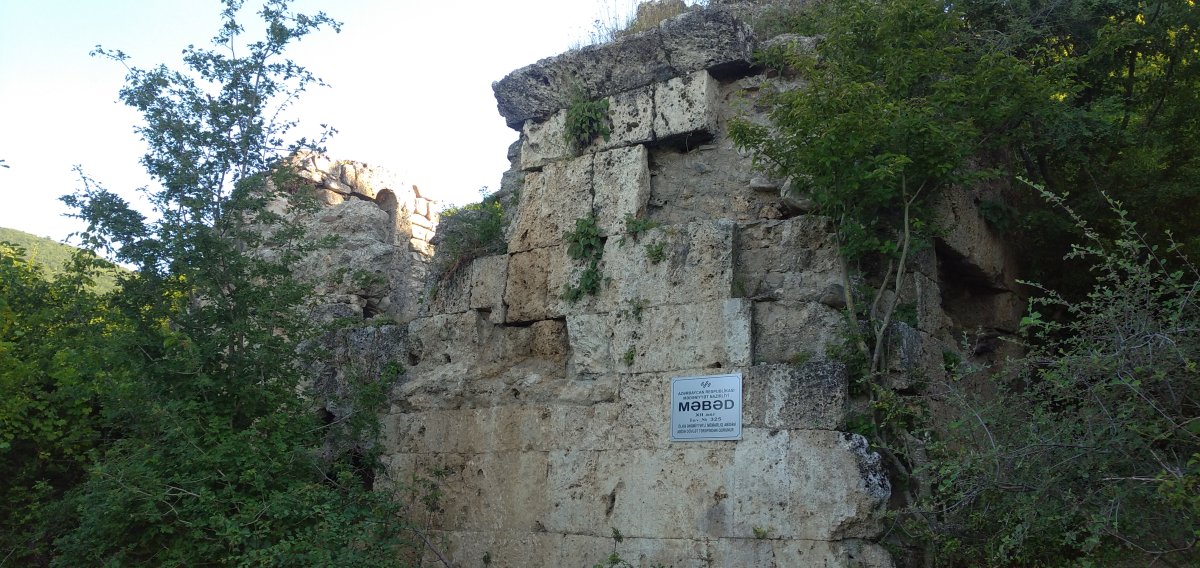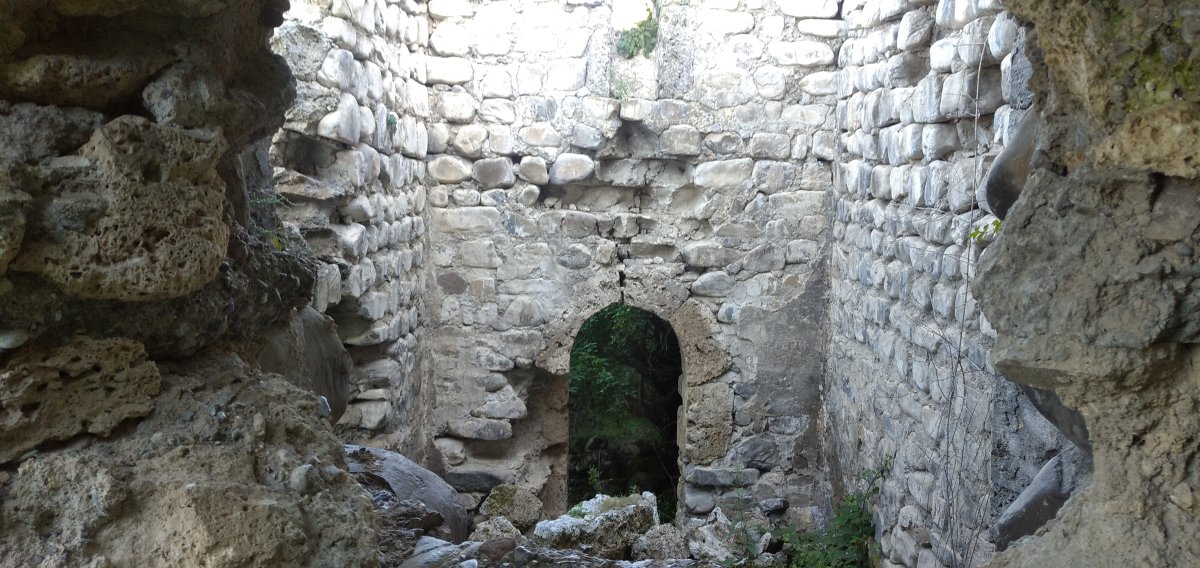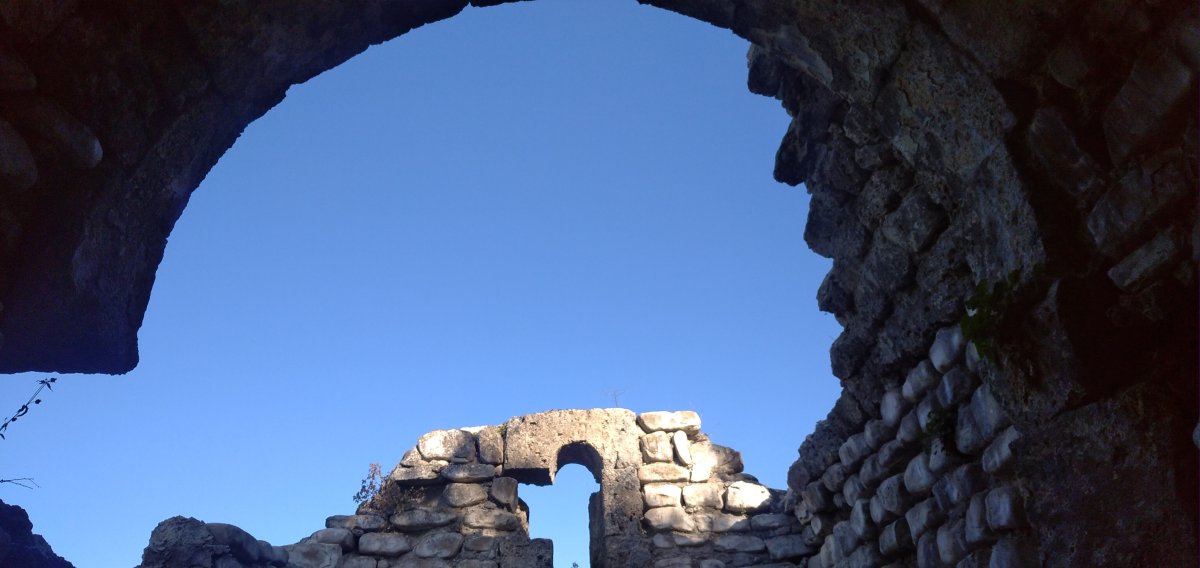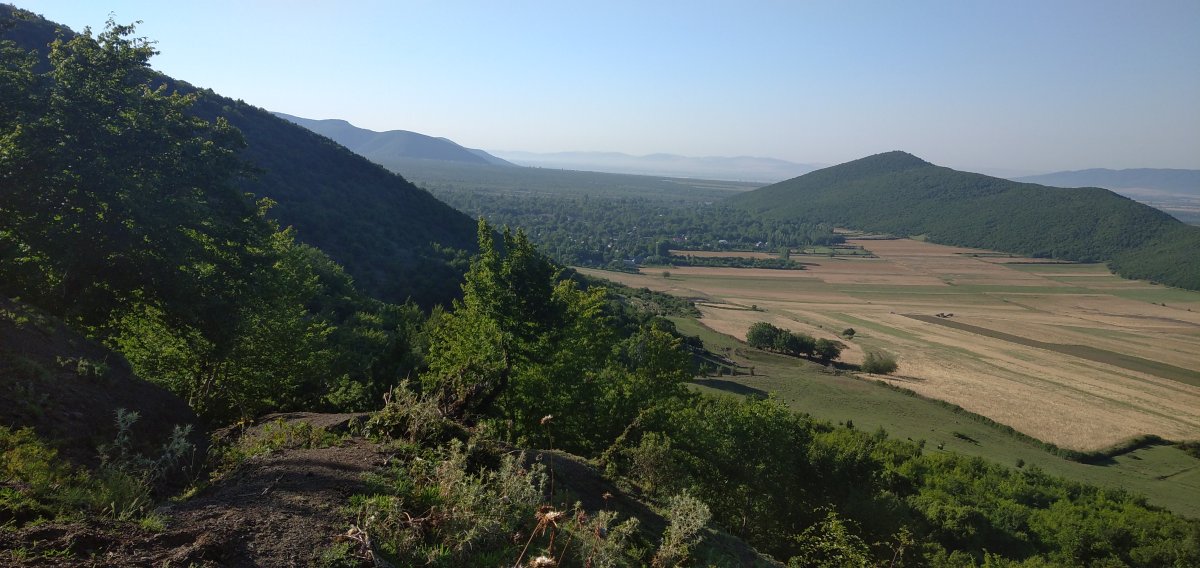Bideyiz village
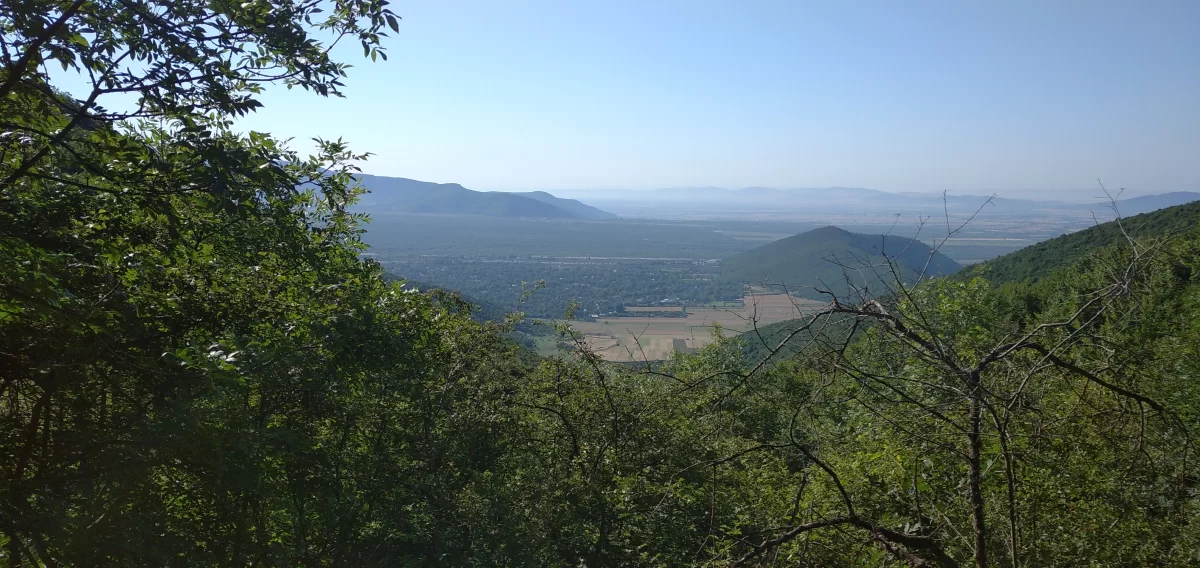
- 28-12-2024, 22:21
- Villages
- Elnur Nəciyev
One of the villages connected to Orta Zayzid via the mountain road along the Albanian route is the village of Bideyiz. This village is located on the bank of the Kyungyut River (a tributary of the Ayrichay River), within the Alazani-Ayrichay depression. The village includes several neighborhoods such as Haji Nabilar, Ajiikler, Korlar, Chay qiragi (Riverside), Soyud usagi, Orta mahalla (Central Quarter), Dag dibi mahalla (Foot of the Mountain Quarter), Masjid mahalla (Mosque Quarter), and Haashimlar mahalla. Among these, three — Dag dibi, Chay qiragi, and Orta mahalla — are larger than the others. A road that passes through the center of the village connects to routes in all directions. Due to the convenience of the roads, it is possible to access the village either on foot or by car.
Since the roads are sandy and flat, cars can travel easily even in winter. In the mountainous area near the village, there is an Albanian church. This church, which is more than a thousand years old, has preserved its strength and integrity. A large number of historical items have been discovered at this church. During agricultural activities on the flatlands surrounding the church, numerous jar graves have also been found. It should be noted that there are two temples in Bideyiz village. One of these, as already mentioned, is located very close to the village and is dated to the 12th century. The other temple, known as the "unfinished church," is located approximately 4–5 km away from the first one.
As observed in other villages of Shaki, ancient Albanian graves have also been found here. Most of the graves were revealed at a depth of 2.5 meters due to ravines opened by heavy rainfall. The graves are long in shape, constructed with stone on all sides, with the bodies laid on their backs and once again covered with stone.
The 12th-century monument in Bideyiz was mentioned by Zelik Yampolski in his work Ancient Albania in the 3rd–1st Centuries BC. He wrote that people used to come to this temple seeking healing. Just like in Bash Kyungyut, the inscription of the Bideyiz temple has been removed. The Bideyiz temple was also built of river stone and is now in a semi-ruined state. The church once had a semi-circular arched roof. Its interior was adorned with arches and niches. On the northern side of the apse, there is a small auxiliary structure. This feature, characteristic of 4th–5th-century Albanian churches, places the Bideyiz church in close relation to other Albanian churches in Azerbaijan, such as those in Mingachevir and the temple of Gavurqala.
Armenian researcher S. Q. Karapetyan, in his article on the Albanian heritage of Shaki and Gabala, refers to the village of Bideyiz as Partez and presents the Albanian temple as the Church of Saint George, dated to the 10th–11th centuries. He notes that the church had two entrance doors — from the south and north facades — and adds that the church had only one window, located on the west facade. Visually, this temple is similar to the one in Bash Kyungyut, which allows the conclusion that both monuments likely belong to the same historical period.
